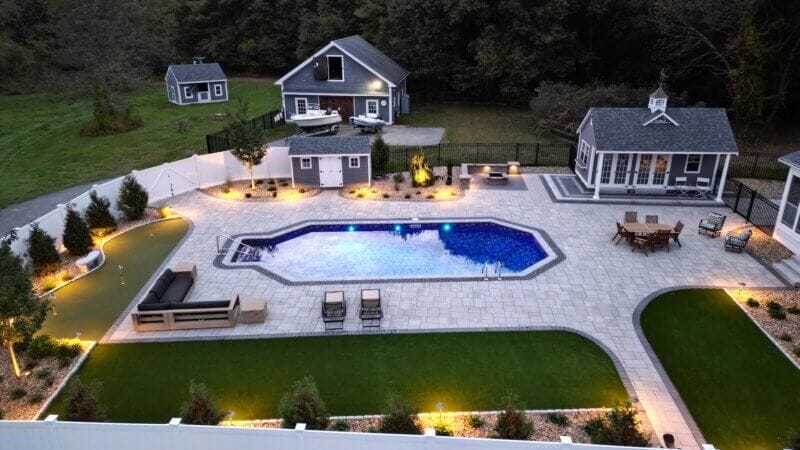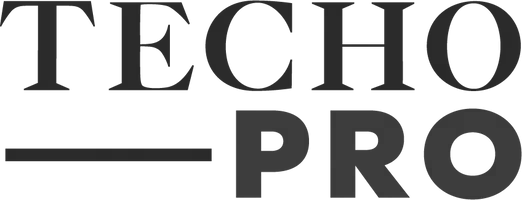
Creating a visually stunning garden requires a deep understanding of the plants’ characteristics and how they interact within the landscape. Here’s how to consider each trait for a balanced and beautiful garden:
By carefully selecting plants that complement each other in habit, structure, texture, color, and bloom characteristics, gardeners can create a cohesive and engaging garden that offers interest throughout the year. This strategic approach not only maximizes the garden’s aesthetic appeal but also supports a harmonious ecosystem.
Some of our favorites

There are over 800 varieties of Hosta that do well here in the north east. They offer a nice broad leaf texture to the landscape and come in a wide variety of colors.







Copyright © 2024 Stone Ridge Outdoor Experiences – All Rights Reserved.
Website created by High Effect Design